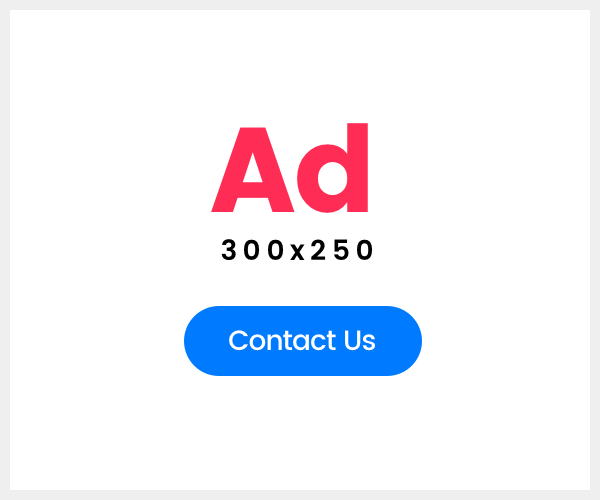Did you know the LinkedIn AI writing assistant isn’t living up to the hype? Many professionals expected it to change how they write. But LinkedIn CEO Ryan Roslansky recently admitted that usage numbers show a different reality. When LinkedIn first launched its AI content tools, there was huge excitement. Everyone believed they’d boost productivity for job posts, connection requests, and thought leadership. So why hasn’t the LinkedIn AI writing assistant caught on as planned?
Some early feedback points to mixed results. While some users praise the tool for quick drafts, others feel generic outputs hurt authenticity. This AI reputation risk on LinkedIn could impact trust on the world’s biggest professional network. If members sense content feels robotic, they might scroll past posts without real engagement. LinkedIn AI tool usage data suggests that many people still prefer crafting messages by hand. After all, human touch builds connections.
Another reason could be the lack of awareness. Not all users know these AI content tools exist or how they work. Plus, some feel uneasy sharing their voice with an algorithm. As Forbes reported, AI is powerful, but it can’t fully replace human experience. That’s why Ryan Roslansky’s statement makes sense. AI writing assistants need time to prove real value. People want authenticity more than quick content.
However, LinkedIn keeps improving its tools. They gather AI writing assistant feedback to fine-tune features. Some marketers love it for drafting headlines or rewriting blurbs. Others suggest that guidelines and training could help. If you use it right, an AI tool can polish your words without losing your style. But what happens if too many rely on it? Could LinkedIn lose its professional credibility if feeds fill up with similar AI-generated posts?
These questions matter as more AI enters our daily work. Big platforms face tough choices. They must balance innovation and reputation. Users must trust that LinkedIn AI content tools strengthen their voice, not weaken it. Many experts now urge users to blend AI help with their unique tone. This keeps profiles fresh and personal.
If you’re curious about how the LinkedIn AI writing assistant could help you or your business, test it wisely. Give clear instructions, edit drafts, and add your unique touch. You can explore more on LinkedIn’s official blog to see updates and success stories. Also, check nomiBlog.com for deep dives into new AI trends.
The future of writing will include AI, whether we like it or not. But how we guide it decides if it works for us. As LinkedIn CEO Ryan Roslansky AI insights remind us, technology alone does not replace human trust. It only helps when used with care.
Will you trust AI with your next post? Or stick to your own words? Whatever you decide, watch how LinkedIn AI tool usage shapes tomorrow’s networking world.
Most Viewed Posts
More from Artificial Intelligence
How to Use ChatGPT to Get Your First 5 Clients This Week
Are you dreaming of landing your first 5 clients using ChatGPT? You’re not alone. Many beginners feel overwhelmed when they …
10 Ways to Make Money Online Using ChatGPT In 2025
Do you want to know how to Make Money Online with ChatGPT this year? You’re not alone. Many people want …
Want to Know the Top-Funded US AI Startups of 2025? We’ve Got 24
Curious about the Top AI Startups 2025? You’re not alone. This year, venture capitalists have poured billions into AI innovation. …






















